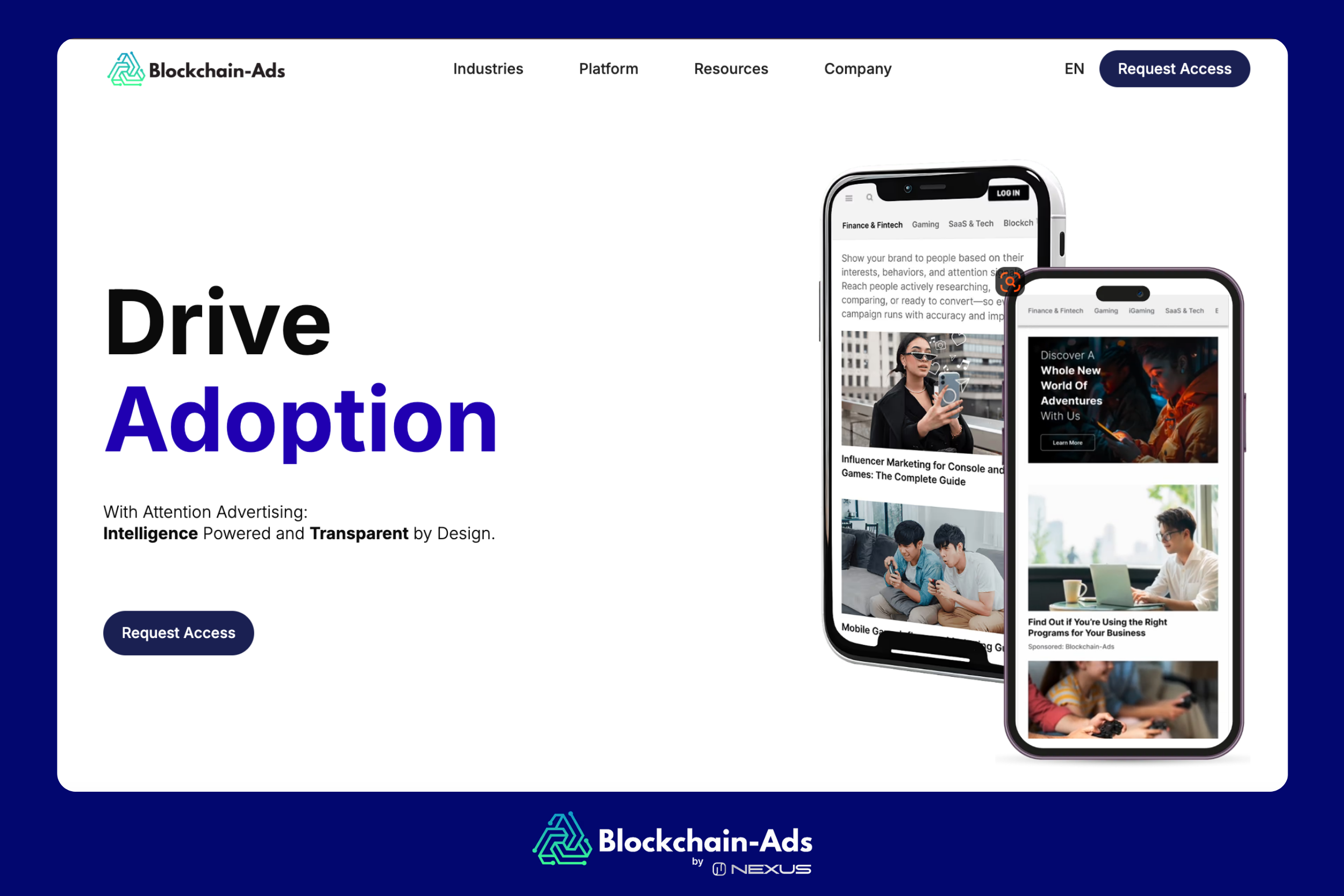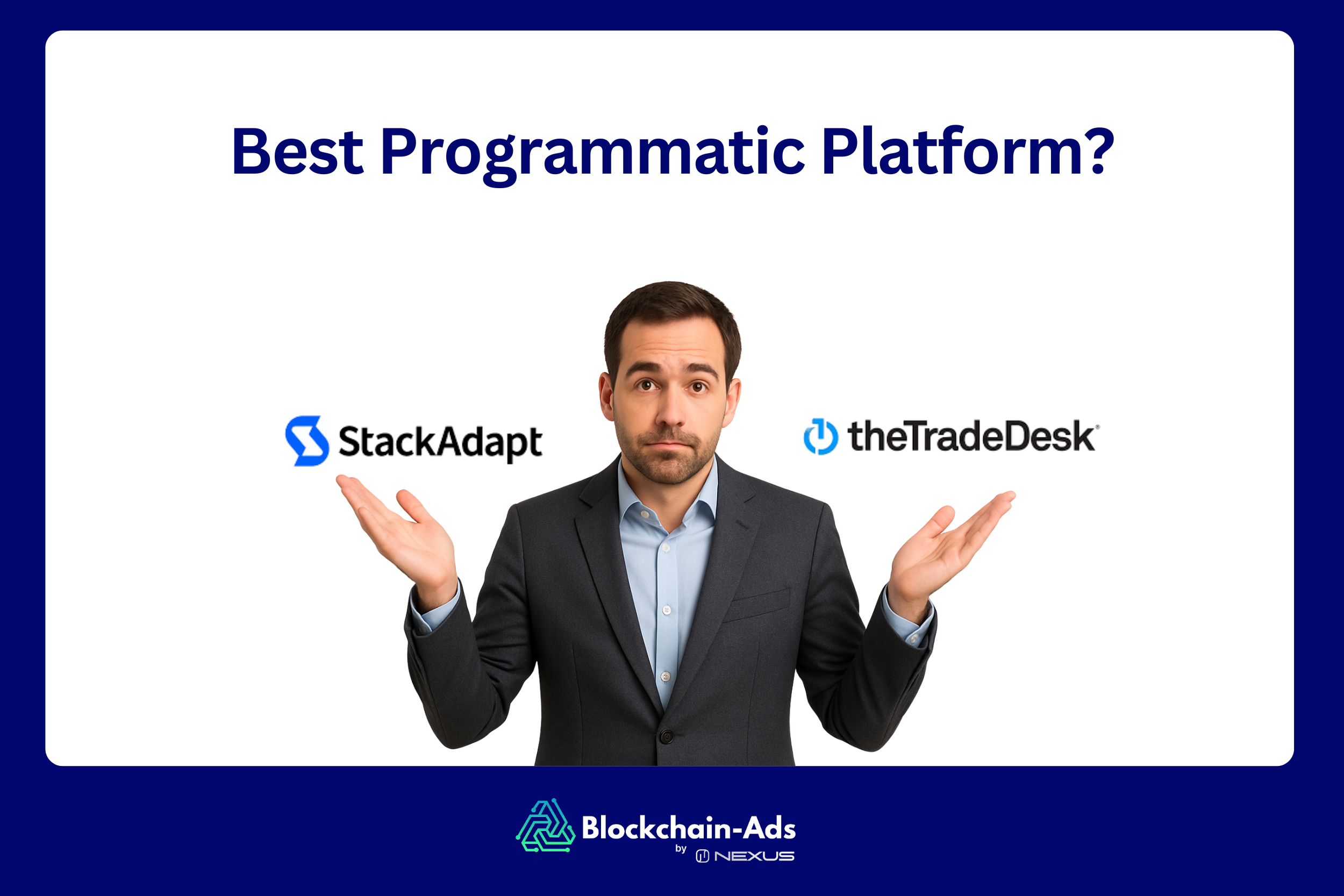Criteo vs Google Ads: Comparison, Use Cases, and Best Alternatives
Heading
- Cointelegraph Formula offers various ad formats to 8 million monthly readers across 190+ countries, leveraging its trusted name in crypto.
Criteo vs Google Ads: Comparison, Use Cases, and Best Alternatives
Criteo and Google Ads are two of the most popular advertising platforms, yet they serve distinctly different campaign needs.
Google Ads offers a comprehensive marketing suite ideal for advertisers looking to capture demand across all funnel stages using search, display, video, and shopping channels. Conversely, Criteo specializes in AI-driven dynamic retargeting, focusing on converting high-intent users and maximizing return on ad spend for e-commerce brands.
This guide compares Criteo and Google Ads across crucial areas such as:
- reach & inventory
- audience targeting
- user intent
- ad formats
- bidding strategy
- learning curve (setup & management)
- reporting & attribution
Additionally, we explore alternatives like Blockchain-Ads, which excel in regulated industries including finance, crypto, and iGaming, where compliance and audience targeting precision are paramount.
How Do Criteo and Google Ads Compare for Performance Advertising?
Criteo’s advertising platform shines primarily in the retargeting advertising segment. It uses dynamic ads to connect and engage users who have previously interacted with a product or abandoned a cart after adding items. To do this, it leverages AI-powered algorithms and a vast network of publishers, making it very effective for transforming window shoppers into buyers.
In contrast, Google Ads features a full-funnel marketing stack that cuts across multiple targeting options. Search Ads, for example, allow advertisers to target potential customers who are actively looking for specific products.
Google's display ads targets a wider audience via a network of apps and sites and combines retargeting with contextual and user-focused targeting. The platform also offers advanced granular control tools that help advertisers tailor messages to specific audience segments.
Criteo vs Google Ads: Side-by-Side Comparison Table
To provide a more detailed comparison of Criteo and Google Ads, here's a table overview highlighting the strong points of each.
Although these highlights indicate how easy Criteo is to manage compared to Google Ads, Google's smart bidding strategy outpaces Criteo’s automated AI-based bidding system.
When Should You Use Criteo?
Criteo's strength lies in its commerce-focused strategy, which specializes in dynamic retargeting and AI-powered bidding. It seamlessly remarkets personalized products for users with high purchasing intent across publisher partner sites. The list below covers its best use cases for advertisers.
- Recovering abandoned carts and reminding customers of products they added without purchasing.
- Retargeting known users with personalized ads across different devices.
- Leveraging the power of AI when bidding to optimize ad spending.
- Serving dynamic product ads in real-time.
- Enhancing BOFU and campaigns with precision and automation.
When Should You Use Google Ads?
The Google Ads platform is a more comprehensive option for advertisers targeting users across all stages of the funnel. Its strength lies in its vast network, which includes Google Search, Gmail, YouTube, Discovery, and Shopping. The following list identifies the use cases for advertisers considering Google Ads.
- Capturing search demand from potential customers who are actively looking for specific products or services.
- Building brand awareness and consideration with high-quality ad formats.
- Targeting based on user intent, in-market segments, or demographics.
- Leveraging multiple advertising formats, from display to text, video, or in-app.
- Using full-funnel analytics and insights to optimize and measure ROI.
When Not to Use Criteo and Google Ads
Criteo and Google Ads are powerful platforms that help advertisers in many different ways. Still, they have limitations that make them unsuitable in certain situations. Shown below are areas where each platform may fall short and should be avoided:
- You’re in a Regulated or High-Risk Industry: Google Ads has strict policies against advertisements in high-risk or regulated industries. Enforcement is usually swift and can involve account suspensions or disapprovals to publish. Criteo also restricts ads in sensitive industries due to data collection laws and privacy regulations like GDPR.
- You Require Flexible Ad Formats: The Criteo platform primarily offers a catalog of dynamic display banners that leave little or no room for customization. Although Google Ads has more variety, advertisers may not have access to certain formats that support rich media or interactive placements. This is because they might be unstable without a significant setup or simply off-limits.
- You Want Advanced Targeting Options: Google Ads supports granular targeting but prevents its use in sensitive advertising segments, such as credit, employment, and real estate. This is done to comply with anti-discrimination rules, which can affect advertisers. Criteo’s model also has limitations when it comes to targeting cold traffic sources and offers limited insights into exact placements.
- You've Used Both Platforms and Want More: Sometimes, you'll find yourself in that uncomfortable situation where the performance ceilings in Criteo or Google Ads become a challenge. At this point, you may need to expand your options and consider more advanced advertising platforms like Blockchain-Ads.
Using Blockchain-Ads as an Alternative to Criteo and Google Ads

Blockchain-Ads is an alternative to Google Ads and Criteo that helps you reach the right people when they’re most attentive. It’s powered by a proprietary data layer built on 420M+ user profiles, enabling precise targeting in environments where mainstream platforms typically limit or block campaigns.
This platform works especially well for highly regulated and restricted industries where Google Ads or Criteo enforce strict policies or don’t support advertising at all. These industries include:
- CBD
- Gambling
- Finance
- Adult
- Crypto
- Politics
With Blockchain-Ads, you still enjoy many of the capabilities you get from Criteo and Google Ads — audience targeting, predictive optimization, cross-device reach — but with performance advantages such as 0.8–35% lower CPA and 3–6× ROAS when compared to traditional platforms.
The only downside is that Blockchain-Ads doesn’t offer basic search advertising like Google Ads. But it supports native ads, display ads, video ads, and CTV ad formats, giving advertisers strong alternatives across the top and mid-funnel.
Final Verdict: Which Advertising Platform Is Right for You?
Choosing the right advertising platform should be based on the type of audience and compliance needs. You can use Criteo when you want effortless retargeting solutions, dynamic product ads, and AI-optimized performance at the BOFU stage. Alternatively, use Google Ads when you're more concerned with a full-funnel solution and control over ad formats and targeting. However, if you require more flexibility, alternative or hybrid setups will work best then use Blockchain‑Ads.
Qualify and get acess to Blockchain-Ads
Lorem ipsum dolor sit amet, consectetur
Quick Definition

Talk with some of our current partners
View all success stories

Reach 12M+
Engaged Web3 users across 10,000+ websites and 37 blockchains.






.png)





